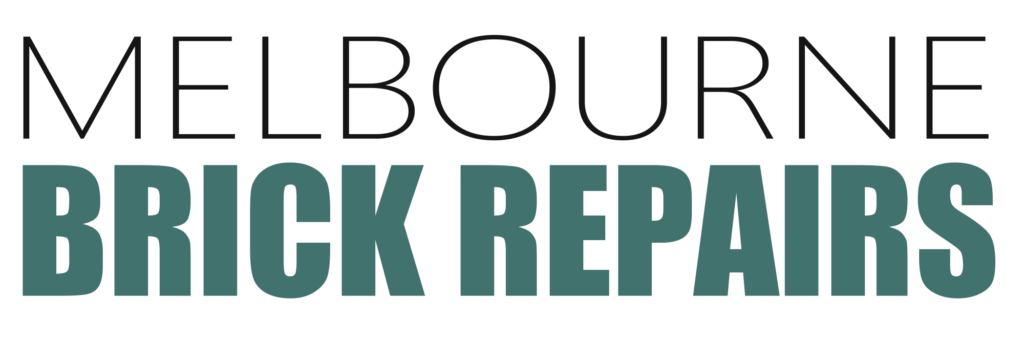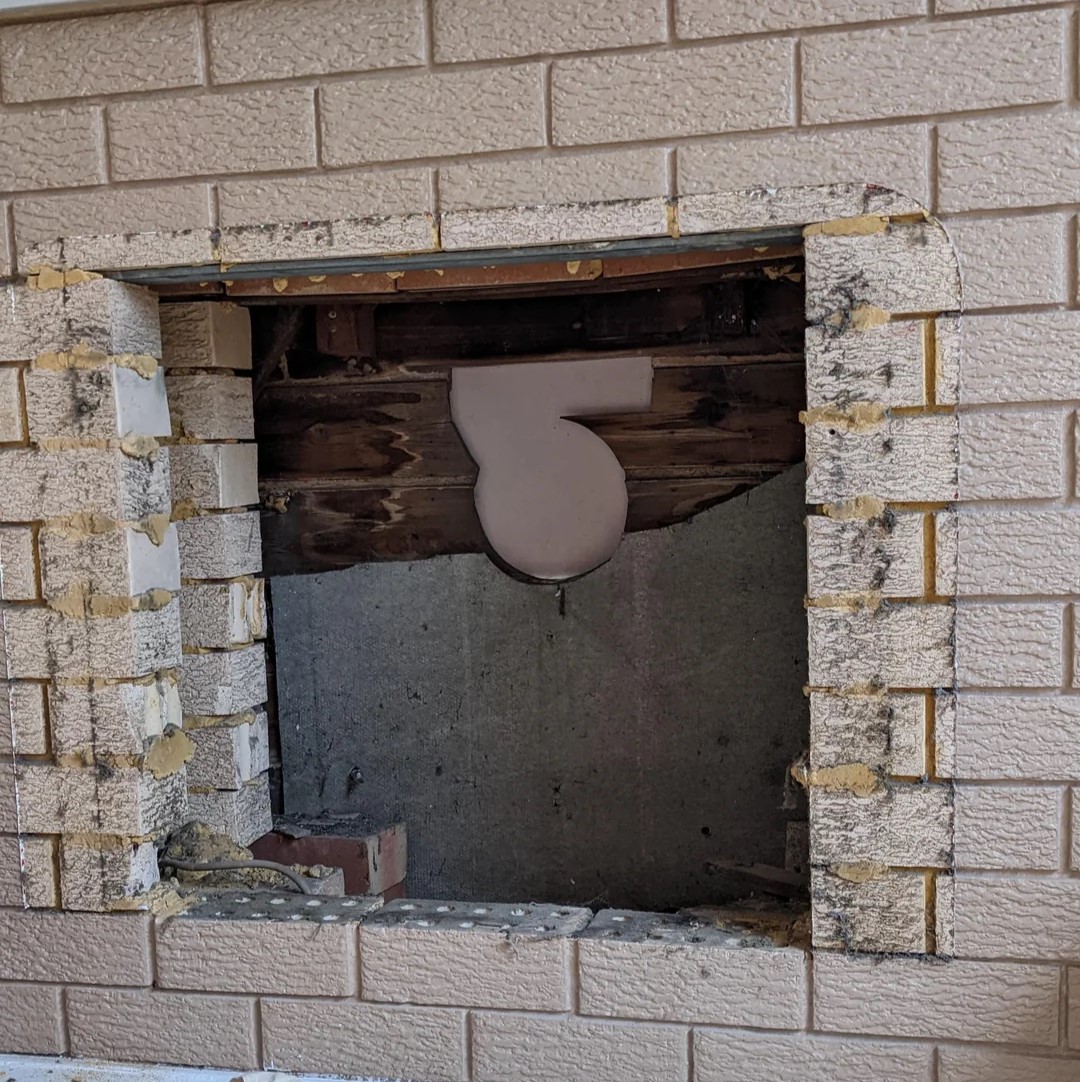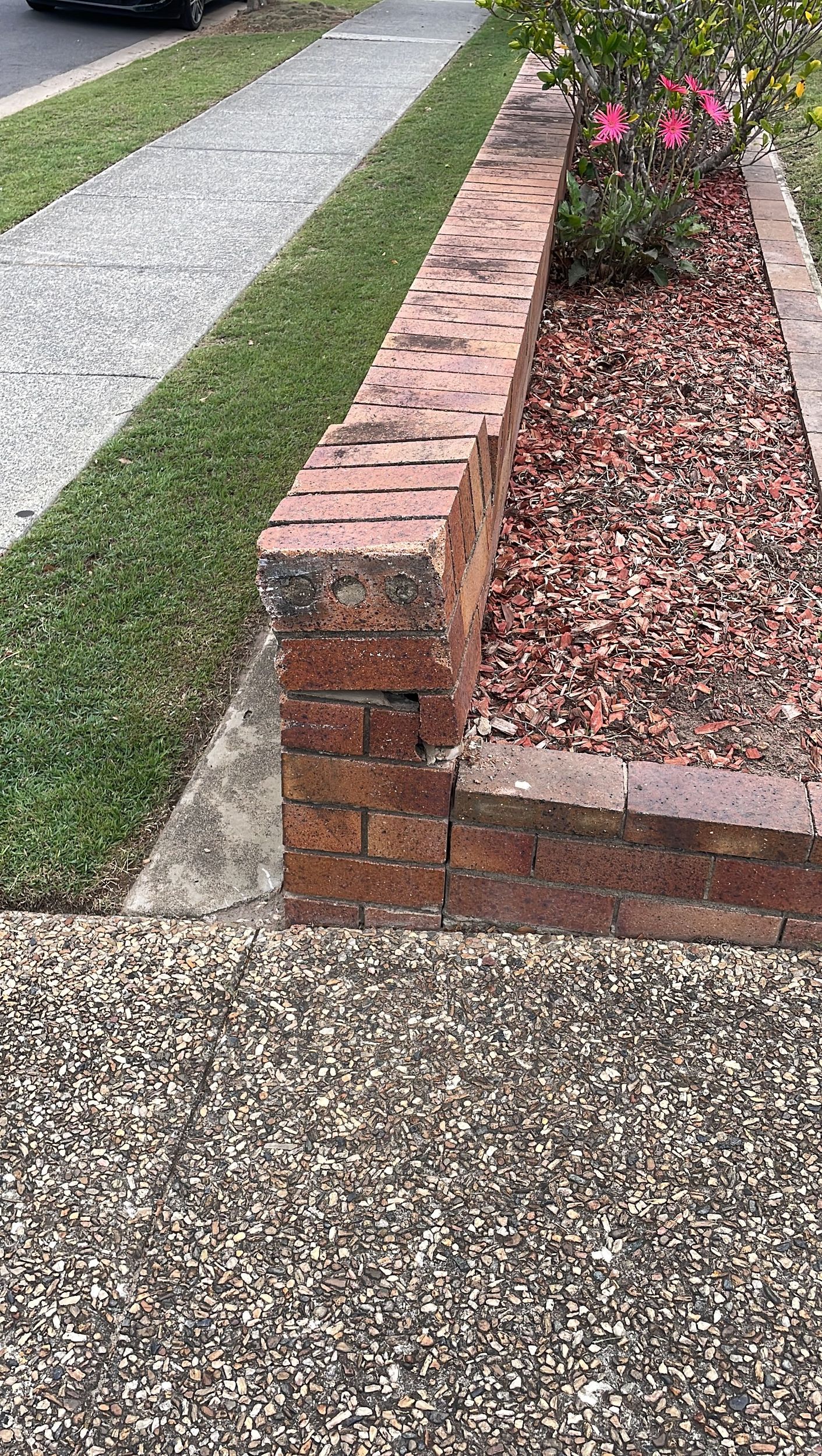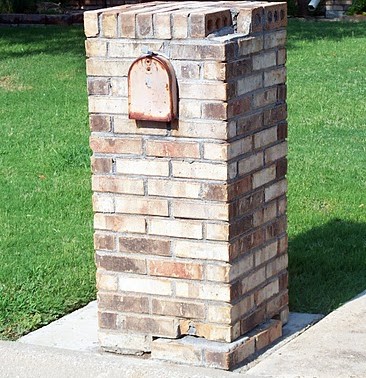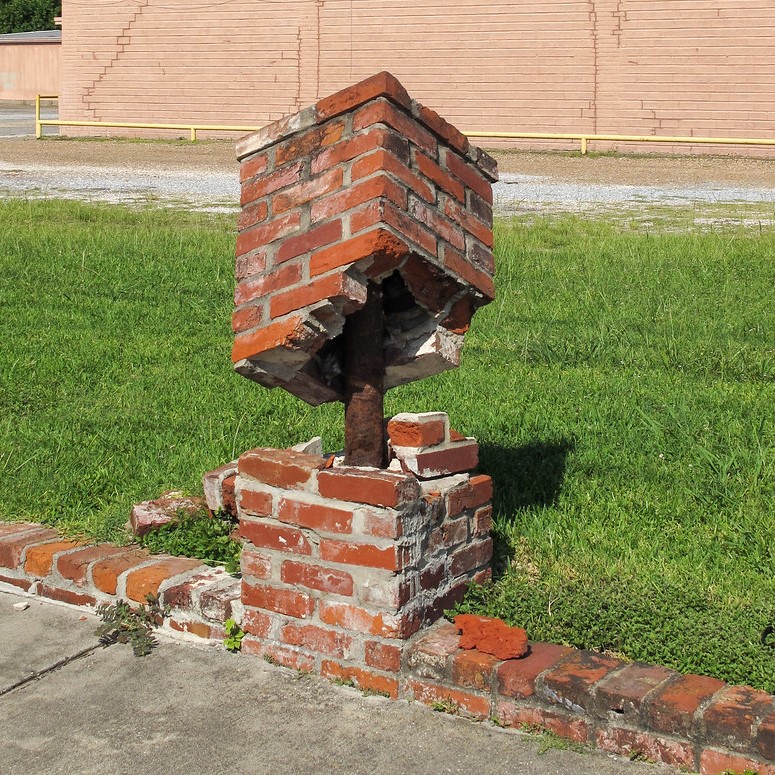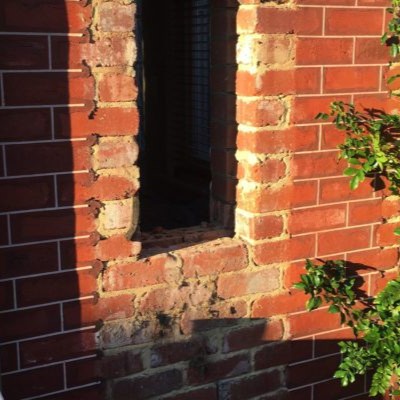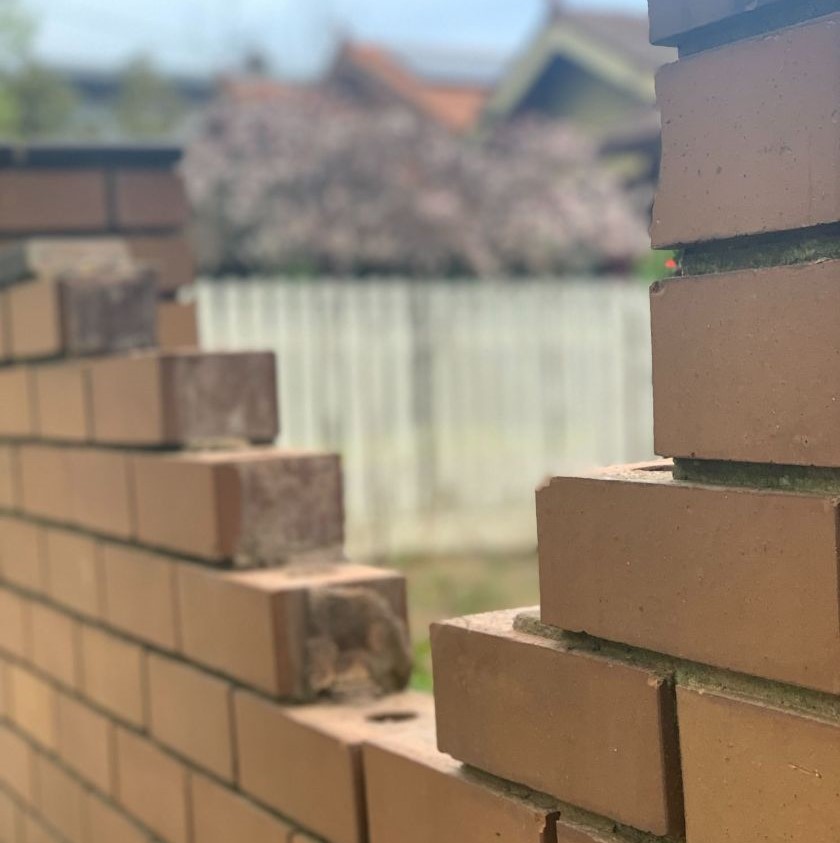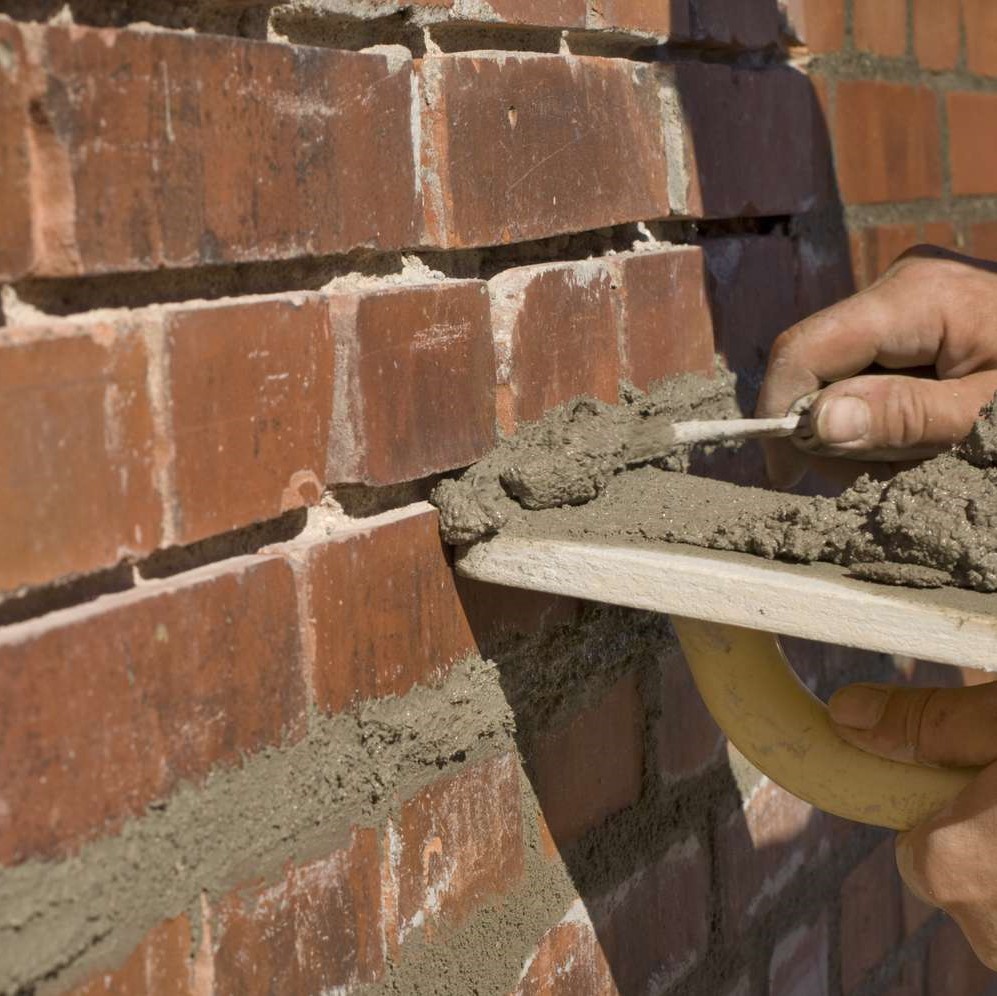Airconditioning & Heating Infills
When air conditioning or heating units are removed from a brick wall, it leaves gaps or holes that need to be properly repaired to maintain the structural integrity and aesthetic appeal of the brickwork. The repair process typically involves cleaning the surrounding area and removing any loose debris or mortar. Next, the bricklayer must carefully select replacement bricks that match the existing ones in terms of color, texture, and size.
Front Brick Fence Repairs
Repairing a damaged brick fence requires careful attention to detail to restore its structural integrity and aesthetic appeal. The process typically begins by removing any loose or cracked bricks, as well as deteriorated mortar joints. After clearing the area, replacement bricks that closely match the existing ones in color, texture, and size are selected. The new bricks are then laid in the gaps, ensuring a secure and level fit with the surrounding brickwork.
Letterbox Repairs
Repairing a damaged brick letterbox requires a delicate touch to preserve its aesthetic charm and functionality. The process begins by carefully inspecting the affected area and removing any loose or cracked bricks, as well as deteriorated mortar joints. Replacement bricks must be meticulously selected to match the existing ones in terms of color, texture, and size, as even minor discrepancies can be noticeable on such a small structure.
Brick Pier Repairs
Repairing damaged brick piers requires a careful approach to maintain structural integrity and aesthetic appeal. Loose or cracked bricks must be carefully removed and replaced with new bricks that match the existing ones in color, texture, and size. The mortar used should closely resemble the original in composition and color to achieve a seamless, uniform appearance once the repair is complete.
Window & Door Seals
When repairing brick window and door seals, it’s crucial to remove any existing deteriorated sealant or materials to ensure proper adhesion of the new seal. Replacement materials like backer rods and sealants should be selected based on their compatibility with the brick surface and ability to withstand weathering and movement. Proper installation techniques, such as cleaning the brick surface and applying the sealant in a continuous, uniform bead, are essential for achieving a durable and watertight seal.
Window & Doors
Infilling windows and doors with bricks is a common practice when repurposing or securing a building. The process involves carefully removing the existing window or door frame and creating a structurally sound opening to accommodate the new brickwork. Matching the new bricks and mortar to the existing brickwork is crucial for achieving a seamless, integrated appearance once the infill is complete.
Replace Broken Bricks
When replacing broken bricks on a wall, it’s important to carefully remove the damaged bricks without disturbing the surrounding brickwork. Replacement bricks should be selected to closely match the existing ones in terms of size, color, and texture for a seamless appearance. Proper mortar mixing and application techniques are crucial to ensure a secure and long-lasting bond between the new and existing bricks.
Minor Repointing
Minor repointing repairs involve removing deteriorated mortar from the joints between bricks and replacing it with new mortar. This process is essential for maintaining the structural integrity and weatherproofing of the brickwork, as well as preserving its aesthetic appearance. When repointing, it’s crucial to match the new mortar as closely as possible to the existing mortar in terms of composition, color, and texture for a seamless and cohesive finish.
